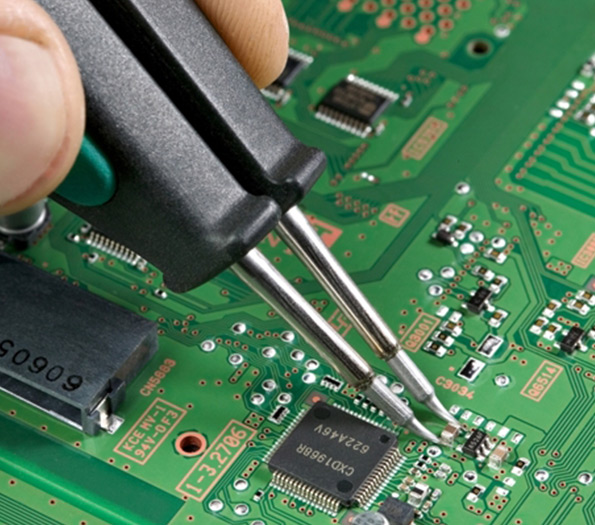

Low-E Glass Installation A Guide to Energy Efficiency and Comfort
In recent years, the construction and renovation industries have increasingly focused on energy efficiency, particularly in terms of glazing options for residential and commercial buildings. One of the best solutions for minimizing energy loss while maintaining natural light is the installation of Low-E (low-emissivity) glass. This article explores what Low-E glass is, its benefits, and a step-by-step guide to its installation.
What is Low-E Glass?
Low-E glass is a type of energy-efficient glazing that features a thin, transparent coating. This coating allows sunlight to enter while reflecting heat away from the interior spaces. Essentially, it acts as a barrier against thermal transfer, keeping indoor environments comfortable year-round. There are two main types of Low-E coatings hard coat and soft coat. Hard coat Low-E glass is more durable and generally less expensive, but it is less effective at reflecting infrared light compared to soft coat options, which offer superior thermal performance.
Benefits of Low-E Glass
1. Energy Efficiency One of the most compelling advantages of Low-E glass is its ability to reduce energy consumption. By reflecting unwanted heat in the summer and retaining heat during the winter, Low-E glass can lower heating and cooling costs significantly.
2. UV Protection Low-E glass blocks a considerable amount of ultraviolet (UV) rays, which can cause fading in furniture, carpets, and artwork. This protection helps maintain the aesthetic quality of interior spaces.
3. Comfort The use of Low-E glass contributes to a more comfortable interior environment. By stabilizing indoor temperatures and reducing drafts, occupants can enjoy consistent comfort levels.
4. Condensation Reduction Low-E glass can also help minimize the occurrence of condensation on windows. This is particularly important in areas with high humidity, helping to prevent mold growth and water damage.
5. Environmental Impact Reducing energy consumption not only saves money but also has a positive impact on the environment. Using Low-E glass can contribute to a building’s LEED certification and enhance its sustainability profile.
Installation Process of Low-E Glass
Installing Low-E glass involves several steps to ensure optimal performance.
Step 1 Planning and Measurement

Before installation, careful planning is essential. Measure the window frames to ensure accurate sizing for the Low-E glass. This step is crucial to prevent air leaks and maximize energy efficiency.
Step 2 Removing Existing Glass
If you're replacing existing windows, carefully remove the old glass. This process may involve taking off the glazing beads or hardware that holds the glass in place. Wear appropriate safety gear to protect against sharp edges.
Step 3 Cleaning and Preparing the Frame
Once the old glass is removed, clean the frame thoroughly to remove any debris, dust, or old adhesive. This prepares the surface for the new Low-E glass.
Step 4 Installing the Low-E Glass
Carefully place the Low-E glass into the window frame. Ensure that it fits snugly and is properly aligned. If necessary, use spacers to maintain an even gap around the edges.
Step 5 Sealing
To prevent air and moisture infiltration, use a high-quality sealant around the edges of the glass. This step is critical for maintaining the energy efficiency and longevity of the installation.
Step 6 Finishing Touches
Finally, reattach any hardware and replace the glazing beads to secure the glass in place. Inspect the installation to ensure there are no gaps and that everything is sealed effectively.
Conclusion
The installation of Low-E glass is a significant step towards achieving energy efficiency in any building. With its numerous benefits, including reduced energy costs, enhanced comfort, and UV protection, Low-E glass is an excellent investment. Whether you are constructing a new building or renovating an existing one, consider incorporating Low-E glass for a sustainable and financially beneficial choice. By following the steps outlined above, you can ensure a successful installation that will serve your space for years to come.